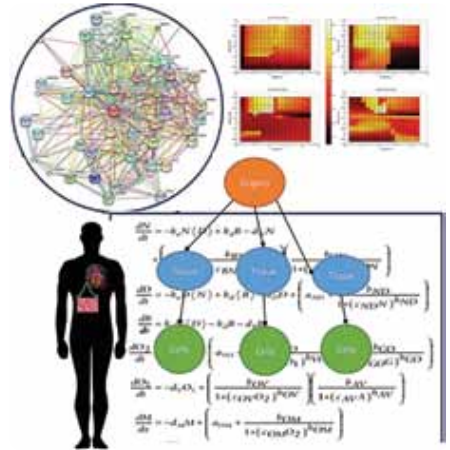Biological Systems Engineering

Research groups
Research in Biosystems Engineering is primarily focused on five themes, namely, (i) Disease and Health, (ii) Biomaterials, (iii) Development of Tools for Bioengineering, (iv) Bioenergy, and (v) Data/Systems Analysis. In the area of disease and health, our research focuses on understanding signaling pathways in cancer, whole body human metabolism towards disease characterization, cell culture engineering, study of cellular migration in responses to multiple cues, and antibiotic resistance and stress response in pathogens. In the area of biomaterials, the group has been focusing on development and characterization of nano-structured materials, their structure and their applications to health care and manufacturing processes. Particular areas of interest include: (a) micro-devices for cardiac use, (b) nano-composites for dental use, (c) drug delivery with nano-particles, (d) nano-structured hollow particles for dialysis, (e) stem-cell bioreactors and scaffolds, and (f) nanoparticles in alternate and traditional medicine. Work in the area of cell engineering and drug delivery focuses on measuring bio-membrane properties, liposomal drug delivery systems and stem cell expansion. A group of faculty are working towards development of tools to facilitate use of microorganisms as a platform for use as cell factories – these include design and characterization of cellular components to control transcription and translation. In the area of bioenergy, the group is working towards development of bacterial and algal strains and tools to yield high value chemicals and biofuels. Finally, in the area of Data/Systems Analysis, a group of faculty are working towards analysis and integration of large amounts of data generated from cells, and use a systems perspective to better understand the design principles employed by biological systems and organisms.